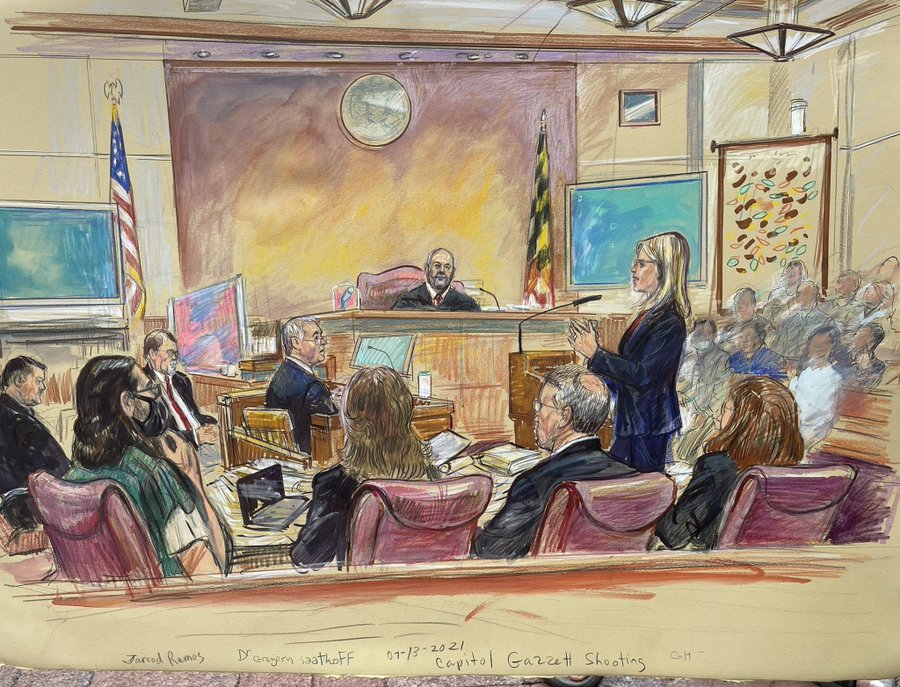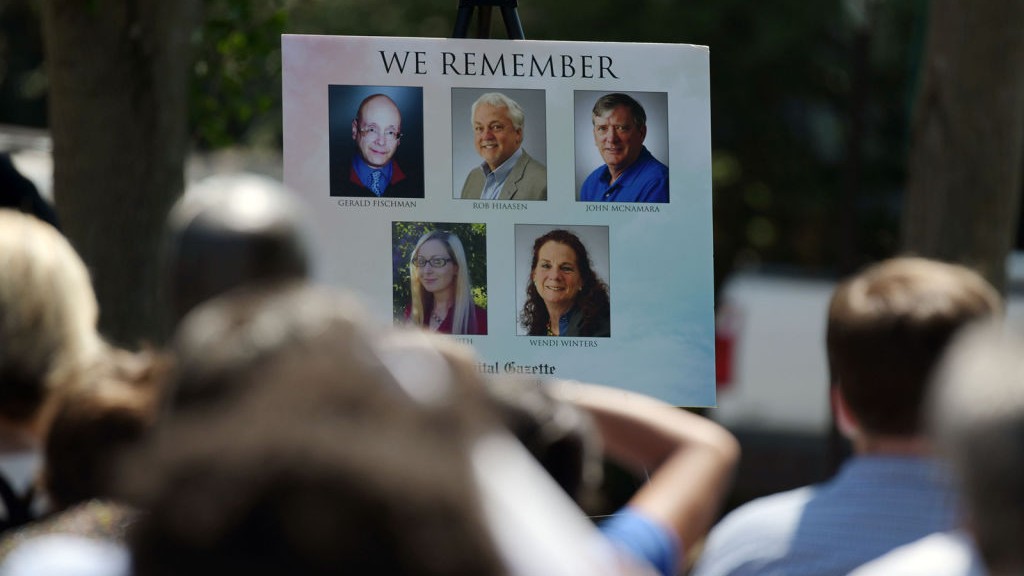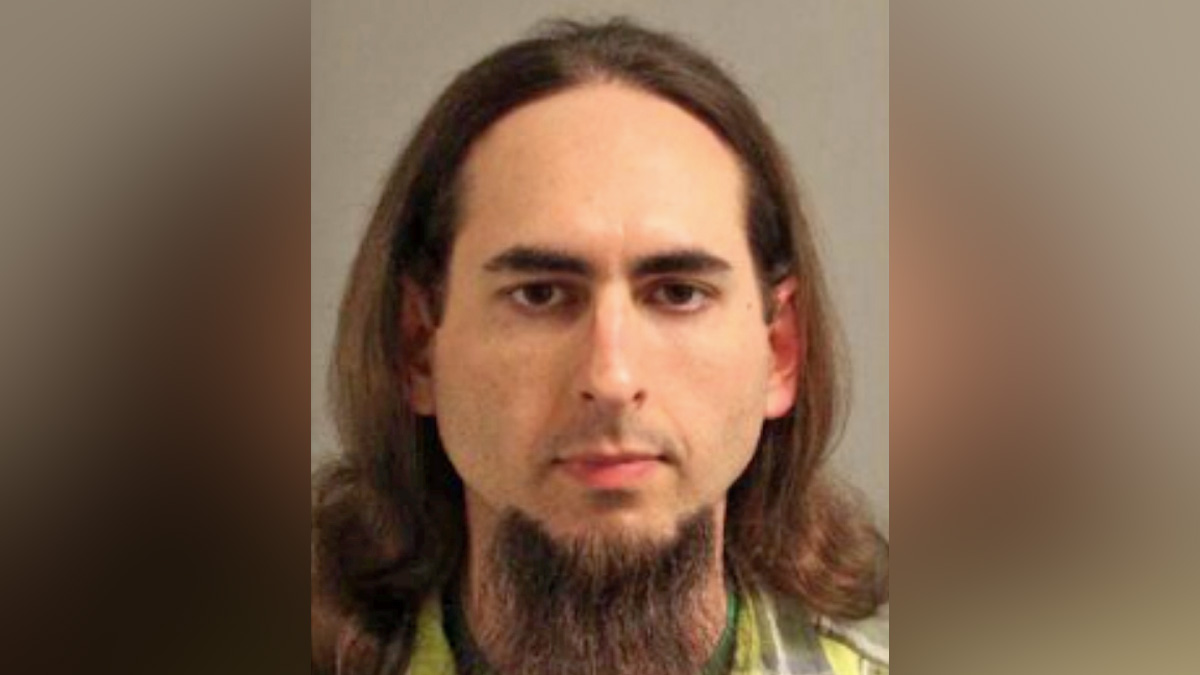This article is no longer being updated. Go here to read the latest article.
Closing arguments concluded Thursday in the trial of the man who burst into a newsroom in Maryland and fatally shot five people in 2018. Jury deliberations will begin.
The Annapolis jury will determine whether Jarrod Ramos, who pleaded guilty to the killings, is criminally responsible for the crimes. They could find that he is not responsible because of mental illness.
John McNamara, Gerald Fischman, Wendi Winters, Rob Hiaasen and Rebecca Smith died in the mass shooting on June 28, 2018.
Ramos would be committed to a maximum-security psychiatric hospital instead of prison if found not criminally responsible. Prosecutors sought life in prison without possibility of parole.
A state psychiatrist found Ramos to be legally sane at the time of the shooting and testified about why. The psychiatrist pointed to Ramos' methodical planning prior to the attack, as well as the discipline he maintained when he had been on probation years earlier for harassment.
A defense attorney for Ramos, however, questioned the findings of Dr. Sameer Patel during a cross-examination.
Patel, a forensic psychiatrist, outlined multiple findings to show how Ramos doesn't meet either of the two parts of state law to be found not criminally responsible.
Under Maryland law, a defendant can be found not criminally responsible if, due to a mental disorder, the person lacks substantial capacity to appreciate the criminality of the conduct or cannot conform conduct to the requirements of the law.
Patel spoke with Ramos for about 20 hours over six different interviews to compile his 120-page report in 2019. He made nine different findings that mostly relate to the gunman's meticulous planning that he believes illustrate Ramos was able to appreciate the criminality of his conduct.
For example, Ramos told him about how he studied police reaction times to other mass shootings and started a stopwatch just before the attack so he could keep time. Ramos also told the doctor of his careful plans to be taken alive by police.
Ramos also called the police on himself from inside the newsroom after the attack and announced his surrender. He then got down on the floor and crawled under a desk with his legs sticking out.
“He told me he wanted to look like a victim initially so that they wouldn’t shoot him when they arrived,” Patel testified.
Katy O'Donnell, one of Ramos' lawyers, questioned Patel about whether he specifically asked Ramos if he thought he was criminally responsible. Patel answered that he did not specifically ask him that, but that when someone plans to be arrested to the degree Ramos did while also planning to spend his remaining life in prison, that indicates an appreciation for the criminality of conduct.
“I don’t know what else to say," Patel said, adding, “It's simple.”
Ramos pleaded guilty but not criminally responsible to all 23 counts against him in 2019.
Defense attorneys argue that Ramos suffered from a paranoid delusion in which the Capital Gazette and the courts conspired against his efforts to sue the newspaper after the publication of a 2011 article about him pleading guilty to a misdemeanor harassment charge. His 2012 lawsuit, which alleged that the paper defamed him, was dismissed as groundless. His appeals failed.
Patel noted Ramos' behavior during probation after his court case as evidence that he could conform his conduct to the requirements of the law. In the years before the attack, Patel said Ramos was disciplined and careful not to contact people he wasn't supposed to as part of his probation, until it ended.
The doctor also testified that Ramos had made up his mind to attack the newspaper in 2016, but he waited until 2018 to carry out the shooting, and "that shows an ability to control his behavior.”
The defense has the burden of proof by a preponderance of the evidence. That means defense attorneys tried to show it’s more likely than not that Ramos is not criminally responsible.




